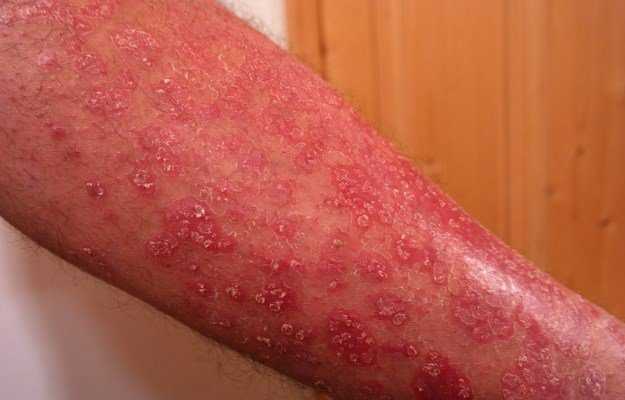What is pellagra?
Pellagra is a nutritional disorder caused by the deficiency of niacin, which is one of the vitamins in the vitamin B-complex group. The deficiency can occur as a result of poor intake or digestive malabsorption. This is a systemic disorder affecting the skin, the gastrointestinal tract and the nervous system. Since these tissues have a major cell turnover, manifestations are mainly observed in them.
What are its main signs and symptoms?
The most common symptoms of pellagra are frequently described as the 3D's, namely diarrhoea, dementia and dermatitis. Dermatitis resembles sunburn and is also aggravated on sun exposure. The skin appears red and is itchy. The effects are seen on both sides of the body in a symmetrical fashion. The gastric symptoms are discomfort in the abdomen, nausea and diarrhoea with watery stools, rarely bloody. Neurological manifestations include confusion, memory loss, depression and sometimes hallucinations. As the condition advances, the individual may become disoriented, delirious and may even die if left untreated.
What are the main causes?
Pellagra is caused mainly due to deficiency of niacin in the diet. It is commonly observed among the poor people in Hyderabad whose diet consists mainly of sorghum (jowar). Jowar or a certain corn-based diet is known to inhibit the absorption of niacin. Secondary causes include certain gastric conditions where niacin is not absorbed in spite of its adequate intake. Likewise, alcoholism, certain medications and liver cancer also contribute to the condition.
How is it diagnosed and treated?
A specific laboratory investigation for pellagra is not available. The diagnosis, therefore, depends on the history, geographic location and background of the individual. At times, a urine test may also be helpful and shows excretory products of niacin degradation.
Treatment of pellagra involves treating the cause. Pellagra caused by inadequate dietary uptake is easily corrected by niacin supplements. Patients start feeling better within a span of a few days to weeks. Skin problems, however, take months to resolve. It is important for patients to take self-care measures such as moisturising their skin regularly and always using sunscreen before stepping out. Individuals with an underlying cause are treated accordingly, although some benefit is seen with intravenous niacin administration. Death occurs if the condition is left untreated for 4-5 years.

 OTC Medicines for Pellagra
OTC Medicines for Pellagra















